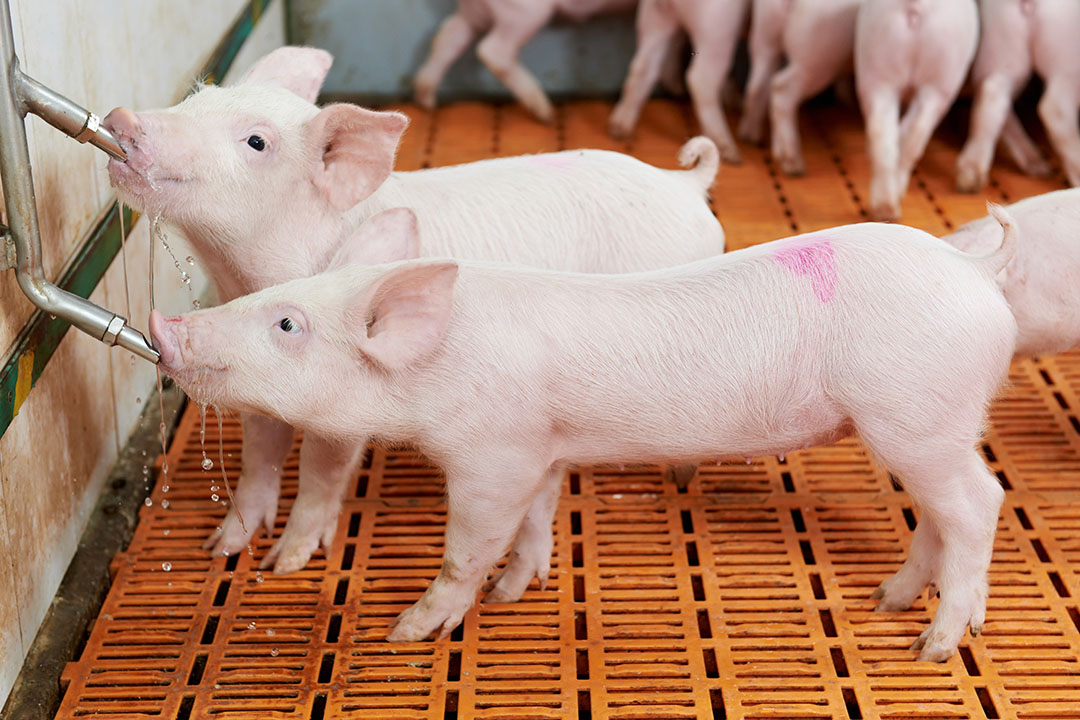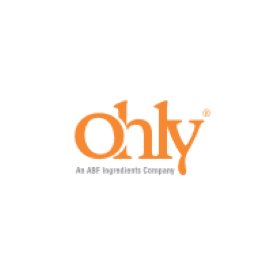Soluble feed ingredients: Soluble MOS

There is an increasing interest in soluble feed ingredients for liquid feed applications. This includes feed ingredients for water, milk replacers, liquid-based premixes, liquid feeds, injectables and supplement tubs. The benefit of administrating feed ingredients via a liquid vehicle is that they can be administered immediately once it is established that an animal needs an intervention.
This in contrast to administration of feed ingredients via dry feed, where it takes time to order a new batch, to manufacture and deliver it before it finally can be offered to the animals. Moreover, sick animals stop eating but keep on drinking. However, many routinely used feed ingredients used as antibiotic replacers are insoluble. The widely used yeast cell walls, commonly referred to as MOS, are an example of this.
MOS: Prevention of microbial infections
The first step in the induction of an infection by a pathogenic gut bacterium, is the adherence of the pathogen to the host intestinal cells. The pathogen does so by adhesins (cell surface receptors) present on its outside that bind to carbohydrates present on the surface of the intestinal cells (Figure 1). Only once adhesion is successful, the pathogen starts excreting virulence factors that damage the host tissue, allowing for the subsequent invasion of the pathogen in the host. Following invasion, the multiplication of the pathogen in the damaged host tissue leads to the infection.
Adhesins are different for different pathogens. However, major pathogens like Salmonella, E. coli and Clostridia contain adhesins that preferentially bind to mannosylated surface carbohydrates present on the outside of the host intestinal cells.
The adherence of these pathogens to the intestinal cells is inhibited in the presence of MOS in the gut lumen. The MOS will bind to the adhesins on the pathogens. Consequently, the MOS-coated pathogens can no longer bind to the mannosylated surface carbohydrates on the intestinal cells. In contrast, the MOS-coated pathogens are guided through the gastrointestinal tract, without the pathogens being able to exert its harmful effects.
Figure 1 – Mode of action of Mannan Oligosaccharides (MOS).
Yeast cell wall structure
Yeast cell walls are widely used by the animal feed industry to reduce the impact of microbial infections. Some 1000 scientific papers have been published about the benefits of yeast cell walls in animals. Statistical meta-analysis of the results of these studies has substantiated the well-accepted benefits of yeast cell walls to improve the animals’ resistance against microbial infections.
The active ingredients in yeast cell walls that are responsible for their health benefits are MOS. Yeast cell walls are spheres (see also Figure 2), and therefore the compounds which are present on its outside, are the components that interact with its environment. The outside of the yeast cell walls is mostly composed out of mannoproteins. Mannoproteins are proteins that are heavily glycosylated with branched mannan oligosaccharide (MOS) chains. These MOS chains form the outer part of yeast cell walls, where they interact with the pathogens thereby diminishing/preventing infections by pathogenic bacteria in production animals.
Figure 2 – Molecular structure of Yeast Cell Walls (MOS) and purified mannoproteins (Source EM Picture: SGS Institute Fresenius).
Soluble MOS
Mannoproteins are inherently soluble components. However, in the native yeast cell wall, the mannoproteins are entrapped in the insoluble β-glucan polymer matrix and in the periplasmic space. Ohly has now developed a purified soluble mannoproteins product containing some 65% mannan: Ohly-GO SoluMannan. Not only is this product soluble, it is also effective at a dosage that is some 10 times lower (50–250 g/tonne feed ) than that of conventional yeast cell wall/MOS products. This is because in Ohly-GO SoluMannan all MOS is bioavailable, and not only the MOS present on the outside of the yeast cell wall spheres.
This soluble MOS product will allow for the exploitation of the benefits and the reliable dosing of yeast cell walls in liquid feed applications. For more information visit the website.
Author: Mariët van der Werf, Global Platform Director Feed Health, Ohly GmbH





